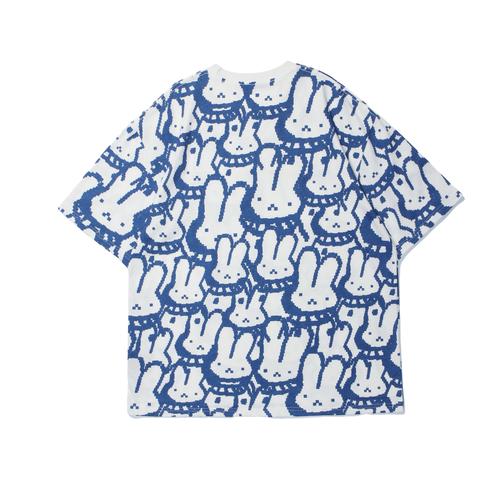When choosing value-for-money winter coat fabrics, you can consider the following common fabrics, each with their own advantages and disadvantages:
1. Wool: Wool It is widely used to make winter coats. It has good warmth retention, breathability and moisture absorption, and can effectively block cold air. In addition, wool is water-resistant and anti-static. However, wool fabrics are thicker, relatively easy to wrinkle, and require special care, otherwise they are prone to shrinking and deformation.
2. Velvet: Velvet is a soft and comfortable fabric, usually made of polyester fiber or Viscose fiber. It has good thermal properties, light and soft touch and good elasticity. At the same time, the flannel fabric also has certain windproof properties. However, flannel is prone to static electricity and is not breathable, which may cause overheating and discomfort.
3. Nylon: Nylon fabric is a light, wear-resistant and soft man-made fiber. It has good windproof and water-resistant properties and can effectively block cold air and moisture penetration. In addition, nylon fabrics also have strong wrinkle resistance and durability. However, nylon fabrics are not breathable and tend to accumulate moisture, causing discomfort.
4. Polyester fiber: Polyester fiber is a common synthetic fabric that has the advantages of warmth, wrinkle resistance, wear resistance and easy cleaning. Polyester fiber jackets are usually relatively cheap and cost-effective. However, polyester fabrics may lack breathability, easily generate static electricity, and have a greater impact on the environment.
5. Suede fabric: Suede fabric is made using a special weaving process and has a delicate feel and high-quality appearance. They can be natural fibers (such as silk) or synthetic fibers (such as Viscos). Suede fabric is suitable for lightweight jackets and has certain thermal properties and good breathability. However, this type of fabric is thin and has relatively poor warmth retention.
Of course, the above are just a few common value-for-money winter coat fabrics. When choosing fabrics, you also need to consider factors such as usage scenarios, personal preferences, and budget. At the same time, the quality and craftsmanship of the fabric will also affect the thermal performance and comfort of the jacket, so it is recommended to choose a reputable brand and manufacturer when purchasing.






